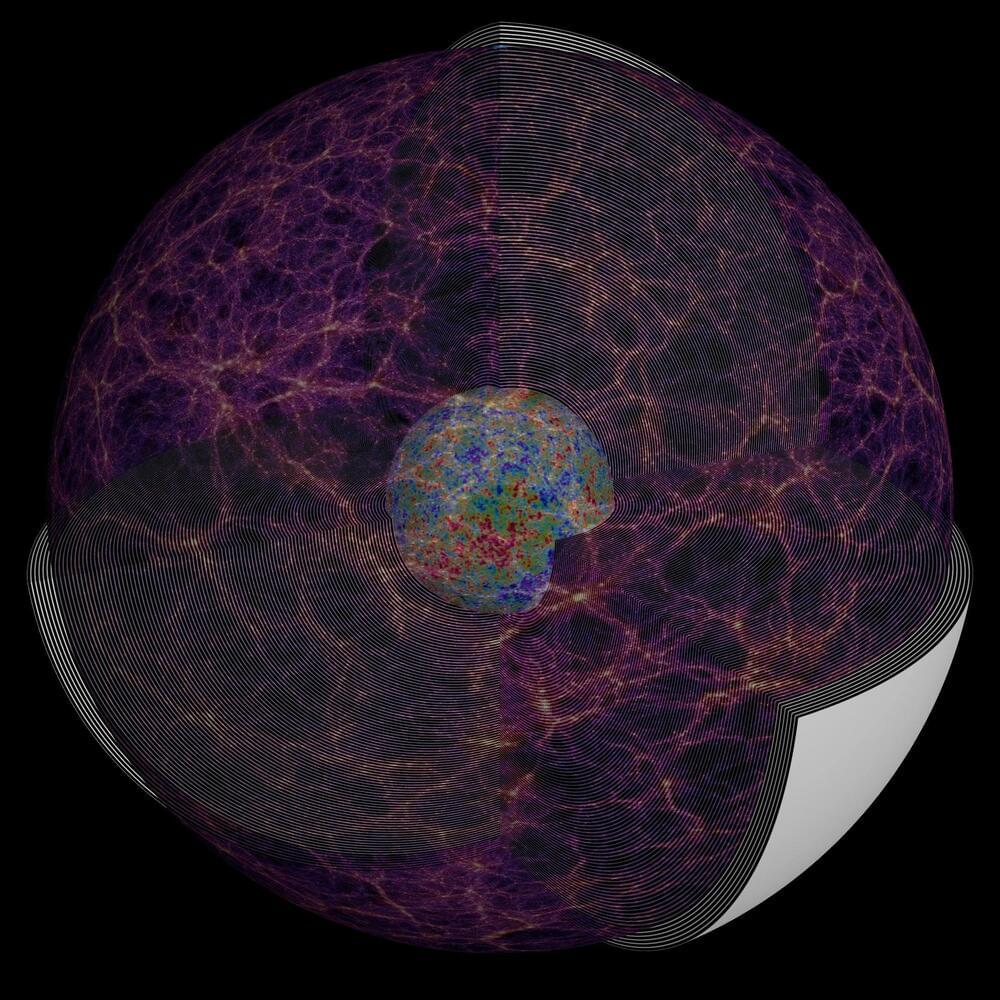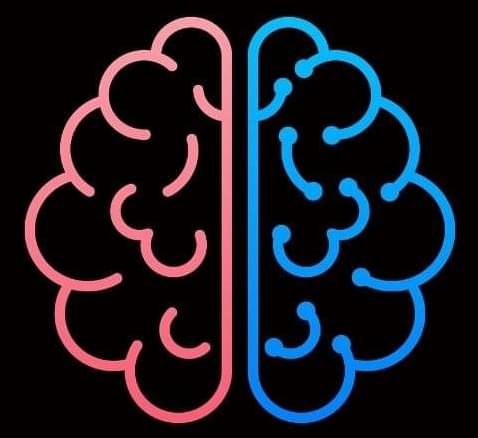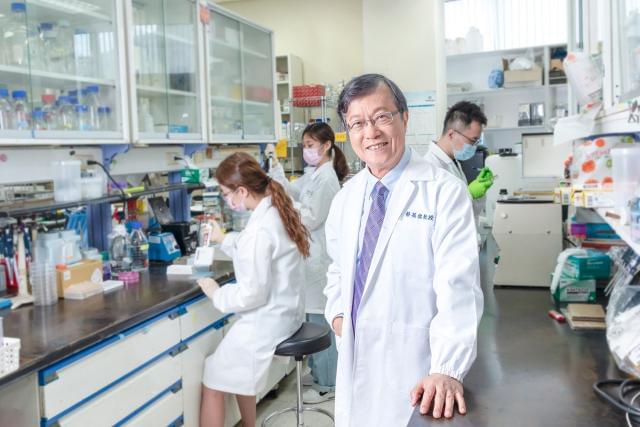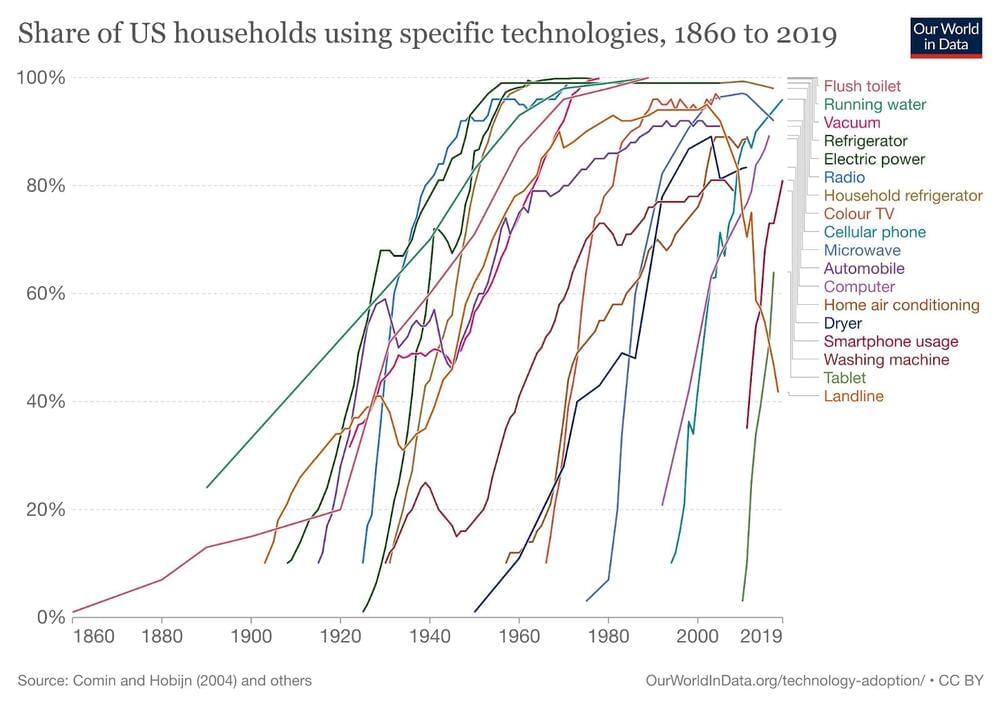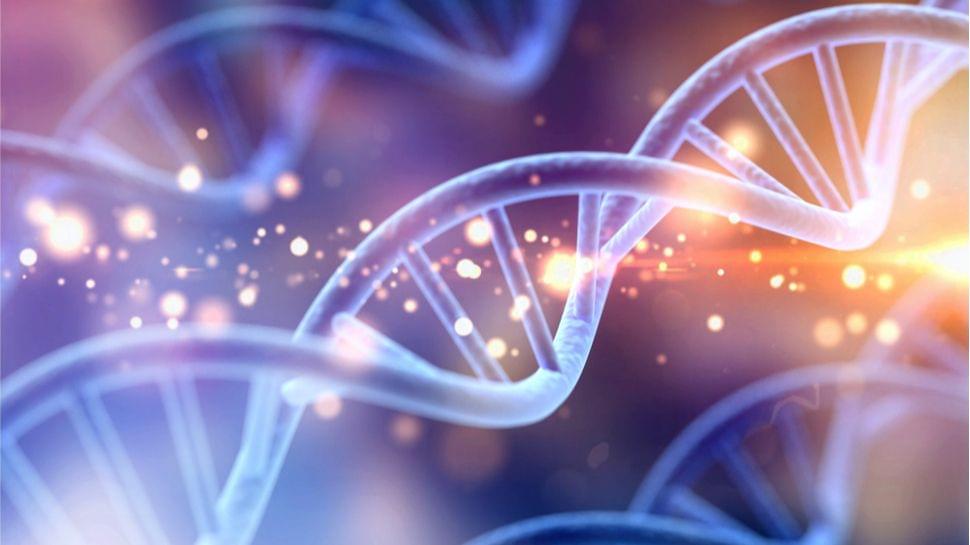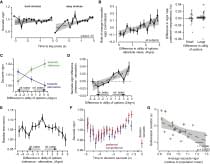In what could be the first direct link between AI and the human brain, interventional neurologist Thomas Oxley reveals the world’s first minimally invasive digital spinal cord. He shares the exciting story behind the ongoing development of this unique wireless device that can interpret signals from the brain for patients with paralysis without the need for open brain surgery or direct contact with brain tissue. Endovascular neurologist Thomas Oxley’s 2016 research demonstrated the potential for a neural recording device to be engineered onto a stent and implanted into a blood vessel in the brain, without the need for open brain surgery.
This research has progressively attracted investment, with completion of a Series A fundraiser in 2017. His company’s technology, the Stentrode, currently under FDA review, is planned for a first in human trial. Patients with tetraplegia due to spinal cord injury, stroke and ALS will be recruited into a trial of direct brain control over a suite of assistive technologies. This talk was given at a TEDx event using the TED conference format but independently organized by a local community.
